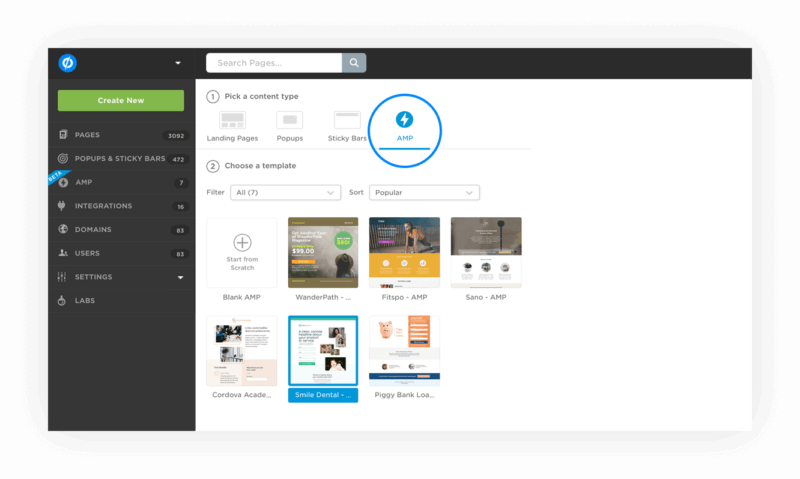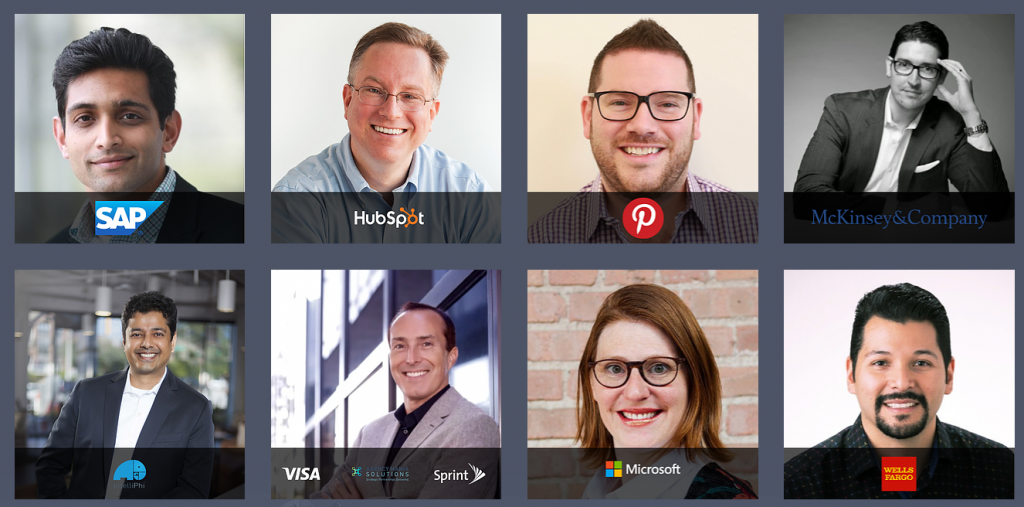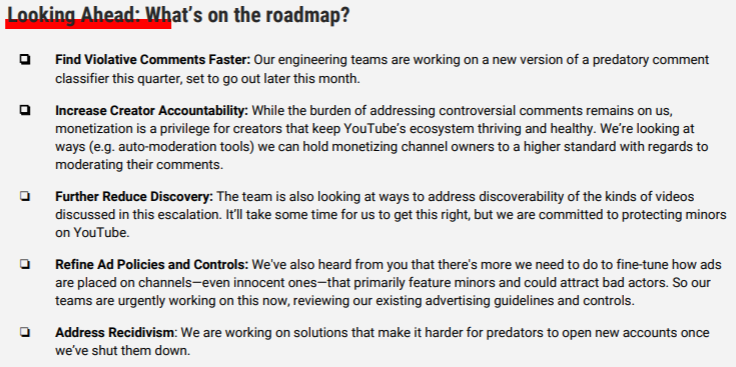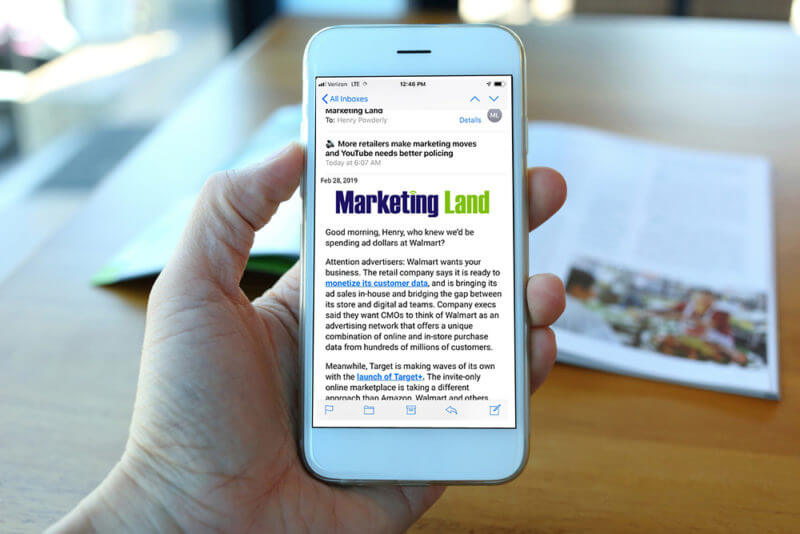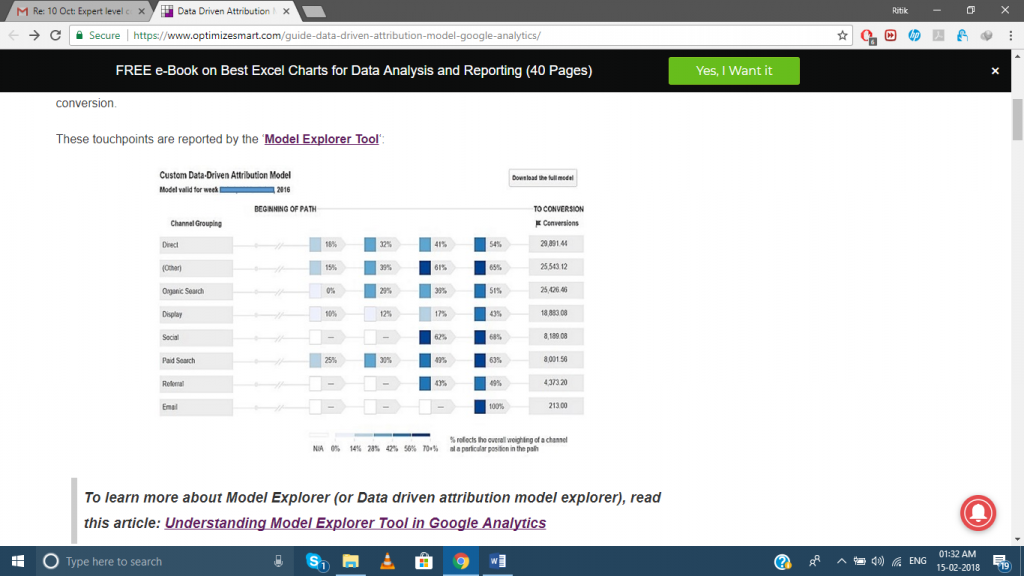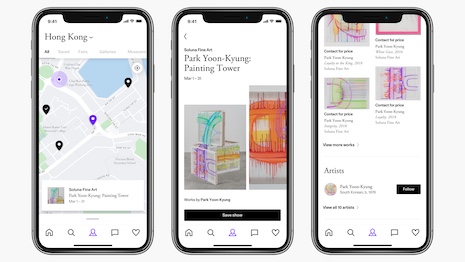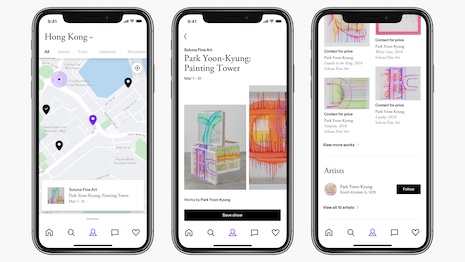
It is no secret that Google and other search engines like quality links and consider them as one of the top ranking factors. Search engines are getting smarter and better at identifying unnatural link building. Updated algorithms can assess the brand’s strength and content’s usefulness at a glance.
This results in higher requirements for the quality of links and content you use for your SEO. Fortunately, there is a way to create engaging content and build quality links from authority sites simultaneously. The solution is to align SEO efforts with PR. Public Relations puts a business in the spotlight, creating brand awareness and reputation through press coverage. Mentions about the company boost the quality of SEO as well.
I came up with this strategy based on a video Rand Fishkin had created on ‘The Marketing Flywheel.’ It’s an old Whiteboard Friday that still resonates today.
Rand’s video explains strategies that can impact and scale your link building. I had to find a solution as many of us are in our assigned positions, we are a team of one. So I had to make friends, and fast!
In this article, we will take a look at how scaling PR is one of the best link building strategies that can scale your efforts and brand your business fast.
What is an online PR strategy?
A highly cost-effective marketing technique, online PR is a way to spread a word about your brand on the web. A good PR strategy is really important in this modern age. It does not just help you start influencing people but also gains trust and reputation quickly.
I started reading books from Ryan Holiday, a successful marketer and American Eagle executive that has pulled a lot of crazy stunts to scale earned media.
He does not focus on SEO as he is more on branding and growth hacking, but his strategies are unconventional and allow you to think out of the box.
Connecting with quality influencers and journalists
You already do it with guest posting, why not do this by finding journalists and other influencers with blogs?
The payoff for building these relationships is organic backlinks. Connecting with high authority journalists and influencers in the industry or general media can work wonders for your SEO.
The key is to come up with something that can attract their attention, we used a scholarship mixed with a need and based on current priorities that the manufacturing industry had, this is how we recently landed a sweet article on IndustryWeek.
It is important to understand that there is no one-size-fits-all solution to using an online PR strategy for link building. You should develop a PR scaling plan that suits your company needs.
Here are some useful tips to do link building with PR for your business
1. Media relations
Public relations is different from guest blogging and is about developing healthy relations resulting in high-quality opportunities for the placement of content. Building relations with journalists, bloggers, publishers, and influencers is important.
Focus on quality rather than quantity and take time to build these relations. Begin by targeting a few people and nurture a relationship with them. Do some research and find writers, journalists, and influencers in your niche and start engaging with them. Know them and listen to what they say before asking them for links.
Like and comment on what they post on social media. Send some useful information to them, even if it is not about you. This will create a positive impression about you in their minds. This way, they will be ready to work with you when the time comes.
2. Priority of online reputation management (ORM)
Your online business reputation has to be on point. One suggestion to create fast, positive feedback is to email potential influencers in your industry with some free products and ask for feedback. Seven out of ten times, they will write about you on their blog or create a video endorsing your product. Bloggers love free stuff and this is a quick way to gain positive feedback and reviews on your brand and products.
Don’t make your own products? That’s okay! Gift cards work as well with a focus on asking for feedback on your user experience or app. It works both ways.
3. Use of press releases
Press releases have evolved over the years and a good press release which catches the attention of journalists gives a great opportunity for social media coverage and organic links.
Consider our example in introducing a scholarship program to bridge the skills gap in the manufacturing industry. This initiative helped us get some great PR and we built trust and reputation within the industry in a matter of a few months.
4. .EDU links help
It also helped us fuel our acquisition of .EDU Links. We targeted media and industry sites first and then with the trust in place, we contacted schools and universities offering manufacturing courses.
We pitched our scholarships and included these articles with links of the stories about the scholarship. The result we got from these efforts were awesome. In less than four months, we went from DA 17 to DA 30 and still growing with over 15 .EDUs and 1200 backlinks which we acquired in just a few weeks.
Rather than distributing the press release through syndicated websites with no-follow links, consider distributing it on social media and use some keywords that help influencers and journalists find it easily. You can make it appealing by sending it to influencers before releasing it.
5. Timely content
Try to tie your content to a current event to make it appealing to high-quality sites. Most SEO pros write a story around something timely and pitch it before their competitors do. This is also referred to as newsjacking, it works with the right pitch and data but may backfire if you get too controversial.
Doing this right requires that you stay updated on the local and national news and events, and always be ready to give the expert opinion. Such commentary comes with a mention and possibly a link. You can set up Google Alerts for topics and people in your niche to know whenever a big story is up.
6. Use of social media
Social media is one of the most powerful tools for public relations. Social media platforms such as Instagram and Facebook make it easy for brands to get introduced to influencers and build relations. By using social media to boost your SEO, you get more people to read your content. Always ensure you are visible where you should be and you don’t miss out on anything. Don’t share your content on social media just to get clicks.
Encourage the audience to share your content, comment on it, mention to their contacts and use other ways to spread it across the internet. This is how social media can help you generate new, organic links.
7. Buy your PR team some doughnuts
PR has a valuable place in SEO and vice versa. When the two industries work together, the results are amazing. As you can see here, there are numerous benefits of scaling PR with link building.
Links do matter but where you get them from is more important. Building relations and connections are imperative to success. With the bar of link quality going up at a constant rate, make sure you use PR strategies in your SEO campaigns to generate organic links from high-authority sites.
How would you use PR to boost your link building? Let us know in the comments section below.
Jonathan Alonso is Director of Digital Marketing at CNCMachines.Net. He can be found on Twitter at @jongeek.
Related reading
Most of our search activity is mobile now and most of our video viewing is too. How should this affect the way we approach SEO for our video content?
Over 600 million users visit FB business pages every day. 52% of consumers have discovered a brand there. Why and how to optimize for Facebook local search.
(According to experienced SEOs.) We asked SEO experts which plugins and extensions they use for easier, more productive work. Here are their top 17 answers.






